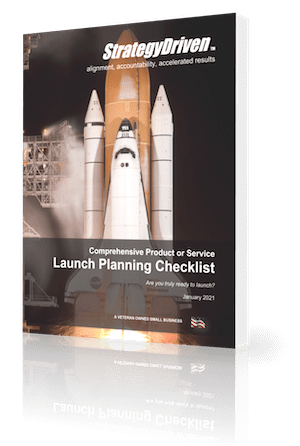What is Plastic Extrusion?

Usage and market
Despite how useful plastic extrusion may sound, you may be shocked to discover that many businesses out there are still quite blind to the benefits it can bring with it.
However, it would seem that many companies could soon learn about the benefits of plastic extrusion with the industry expected to experience huge growth by 2025.
Whether you’re a large, medium or small business, this can be used to create a wide number of products, and below, you’ll find a guide outlining everything you need to know.
Components
The key piece of equipment here is a plastic extruder, which is made up of four main components, which are:
- A hopper, which can be manual or vacuum, which holds and feeds the raw plastic through
- A long barrel that often features a screw-like mechanism, which is used to push plastic through the barrel to the second stage
- An external heater, or more, which helps to keep the temperatures within the barrel at the required level
- A die, which is the plastic’s main profile as it’s being manufactured
Process
How this works is quite simple overall. Firstly, the raw plastic is placed inside the hopper, which may require different applications, such as colorants, UV inhibitors or anti-oxidants, depending on the product being created, which will also need to be added to the hopper.
The raw plastic will then be gravity-fed through the ‘feed throat’ into the extruder’s barrel. Once inside, the long, rotating screw inside will direct the raw plastic to the die. As it progresses, it will begin to melt, due to the high temperature, which ranges from 200 to 275 degrees.
As the plastic is now molten, once it reaches the end of the barrel, it’ll then be squeezed through a screen pack and into a feed pipe. Ultimately, it will end up at the die. Contaminates at this stage are removed if there are any at all.
Once in the die cavity, the product will cool and harden.
Shapes
As there are many shapes that you can end up with at the end of plastic extrusion, this will ultimately all depend on your industry, and what you’re looking to achieve. Therefore, it is often decided on before the extrusion.
Benefits
The biggest benefit is that it can completely change the way your business manufactures plastic.
As it is continuous, it’ll allow you to establish a high volume of output, which is excellent news for anyone with a high demand for products. They’re also extremely helpful for when you need parts consistent with wall thickness, or profiles longer and wider than can be created by most forms of plastic manufacturing.
Now you can see how it works, and the benefits that come with it, if you have a plastic business with huge growth plans, or you’re growing at an alarming rate, this could be the answer to all your problems.







Leave a Reply
Want to join the discussion?Feel free to contribute!